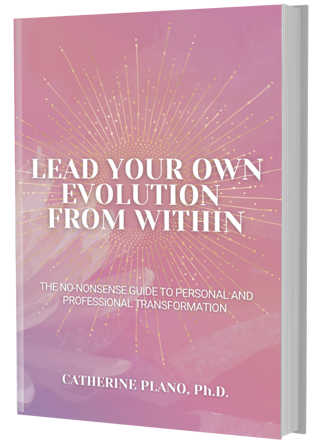Have you ever been in a situation where you meet a new person in an elevator, and they ask: “What do you do?”
You only have about a minute to describe what you do and the benefits. So, if you want to be memorable, then you need to be informative and creative. Easier said than done? Not necessarily.
The ‘Elevator Pitch’ is a great way to open up a conversation and provide the person you are talking to with a snapshot of your business. It might be one of the most important conversational exchanges you make. So make it count. Above all, your elevator pitch should leave the person wanting more.
Where do you start?
When fleshing out your elevator pitch, keep in mind you have 30 to 60 seconds to tell your story. The questions outlined here are good ones to consider.
- What’s your brand story – do you know who you truly are and what your strengths are?
- What do you stand for?
- What you do?
- What are the benefits?
- What are the feelings of your customers?
Fleshing it out
Often, I consider my business this way: I am the doctor and my customers are my patients and my products or services are medicine.
My primary job is to diagnose my customer’s pain points, to find the source of these pain points, and to cure them by helping to create a recovery plan so the business can move forward.
For example, a client might express a desire to work on developing the leaders within the business. They might explain how these leaders are not completely engaged and are therefore not performing.
When I receive this information, I acknowledge it as the main pain point. However, when we delve deeper, by doing more research into what’s happening, and talking to people within the business about things such as how they feel about their work, the company, the culture, their roles and the future of the organisation, then we can eventually find the source of the pain which is usually a lack of trust within the organisation.
After the diagnosis, my next task is to examine what the consequences of not eliminating this pain would be, and then to work out how to fix it.
Adapting it for the elevator
This is too long winded for an Elevator Pitch so I need to break it down. Building a compelling elevator pitch takes time but it can be a rewarding exercise too, because it will encourage you to focus on what you do and express it in the most compelling way possible.
Try using these three points to keep your writing on track:
- You know how… focus on the problem
- Well, what we do…. focus on the solution
- In fact… give the listener an example
My finished example
You know how we currently have one in every three women who suffers depression, anxiety and stress?
Well, what we do is work with women’s unconscious beliefs – those things that are limiting them from moving forward. We help them to become unstuck, which have an impact on their life and their relationships.
In fact just the other day a client called me to tell me she is no longer taking medication, she feels she has control over her life. She said that she could now see that the reason she felt so lost was that she had lost connection with her self and her self worth. She is now in control of her own happiness again.
And so you see, that’s my story. It’s what I do, and how I do it, presented in a way that will ensure that you remember me if we ever meet in an elevator and I give you my pitch.
No matter your line of work you can tailor your story. And have fun doing it – your story will be as grand as your imagination! Go for it!





